It is not just a mere tribute to its greatest photographer that the city of Modena wanted to dedicate to Luigi Ghirri (Scandiano, 1943 - Roncocesi, 1992) with the photography exhibition Luigi Ghirri and Modena. A Journey Backwards, set up at the FMAV Fondazione Modena Arti Visive at its headquarters in Palazzo Santa Margherita until Nov. 20, 2022, on the occasion of the 30th anniversary of his death, but an accurate, studied and heartfelt journey through images through what for Ghirri was his career but also his great passion: photography. Always in close connection with Modena: although originally from Scandiano, in the province of Reggio Emilia, Ghirri moved to Modena with his family at the end of the 1950s; he then spent most of his life here, from his adolescence until shortly before his untimely death, that is, until 1990, when he went to live in Roncocesi, in the countryside of Reggio Emilia, where he died suddenly in February 1992. And it was in Modena that he began photographing in 1970 in search of his personal language, at the same time collaborating with conceptual artists. Some of his most important works were born in Modena, and it was in the Galleria Civica that an experimental as well as innovative for those times program of photography exhibitions got underway, of which he was among the main promoters and curators, as he was considered one of the leading figures in local artistic culture.
During his life he gave much to the city and the city also reciprocated him in a relationship of great esteem. The Civic Gallery Collection of the City of Modena and the Photography Collection of the Modena Foundation, both held by the Modena Visual Arts Foundation, contain a large number of Luigi Ghirri’s photographs (although the Archive of his work is located in Reggio Emilia, at the Panizzi Library Photo Library), covering a wide span of time, and it is from these collections that today’s exhibition was born. The intent of the exhibition is in fact to retrace Ghirri’s activity through more than sixty photographs from both collections, and above all, thanks to the heritage of works from Modena, “to restore in its context the exceptional nature of the work of Luigi Ghirri, capable of changing the course of photography in Italy not only with the originality of his vision and thought, but also his passion for the medium of photography and the human qualities, thanks to which he was able to create a wide network of friendships and collaborations far beyond the field of photography.” With this in mind, curator Daniele De Luigi has chosen to take the visitor on a backward journey, as the title suggests, through the photographer’s activity: from the best-known Ghirri of the second half of the 1980s, when he produced his most famous and most important series for the history of Italian landscape photography (which, by the way, inaugurated not coincidentally in 2009 the Fondazione Modena’s Collection of Contemporary Photography), to the origins of his poetics, that is, to some vintage print from the early 1970s, where he already glimpsed his desire to give new meaning to photography, pointing the lens of his camera at the everyday but trying to reveal within the latter an aspect that would generate wonder: to bring out something to which one had never paid attention that nevertheless stood daily before one’s eyes because it was part of the everyday.
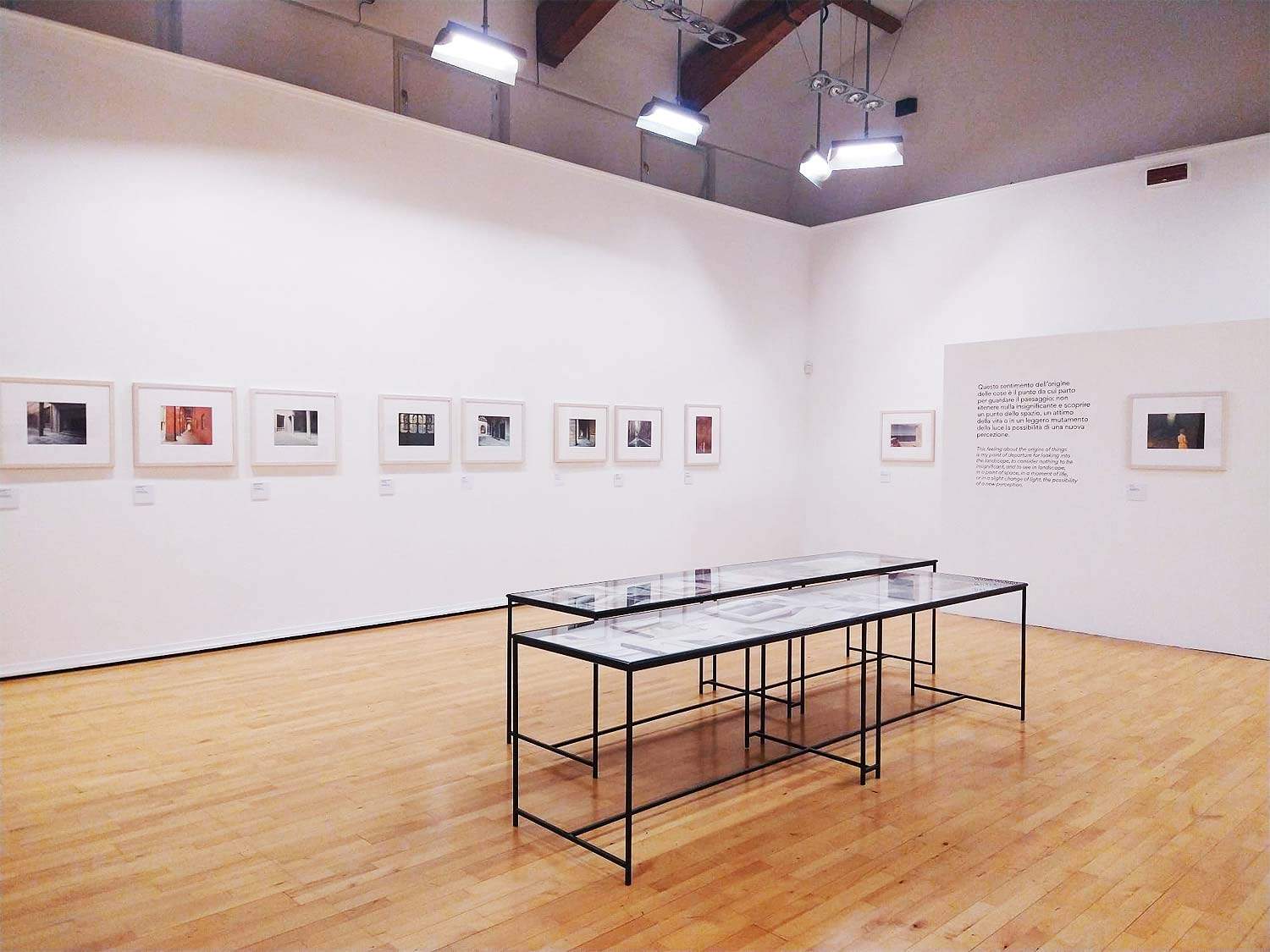
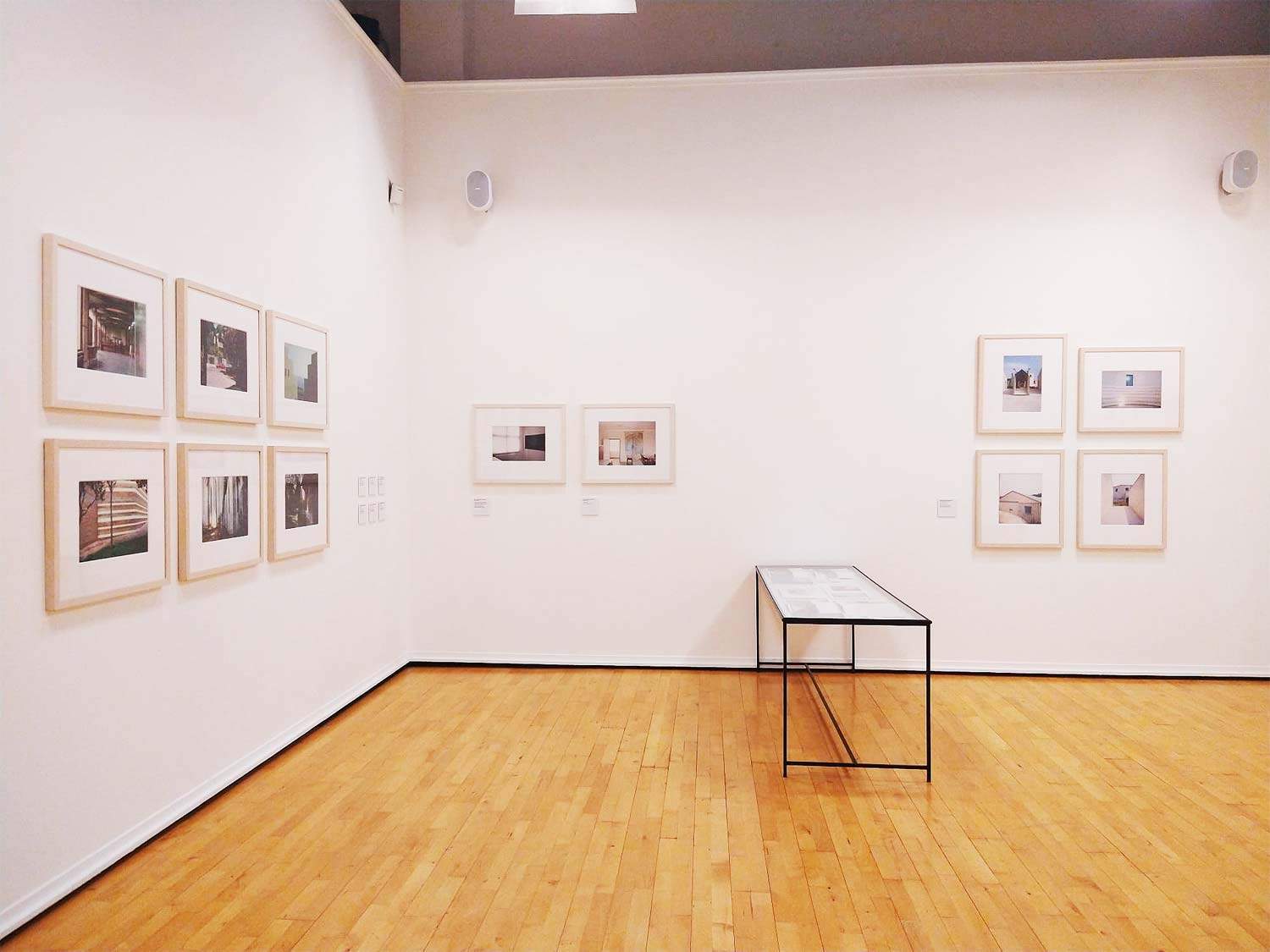
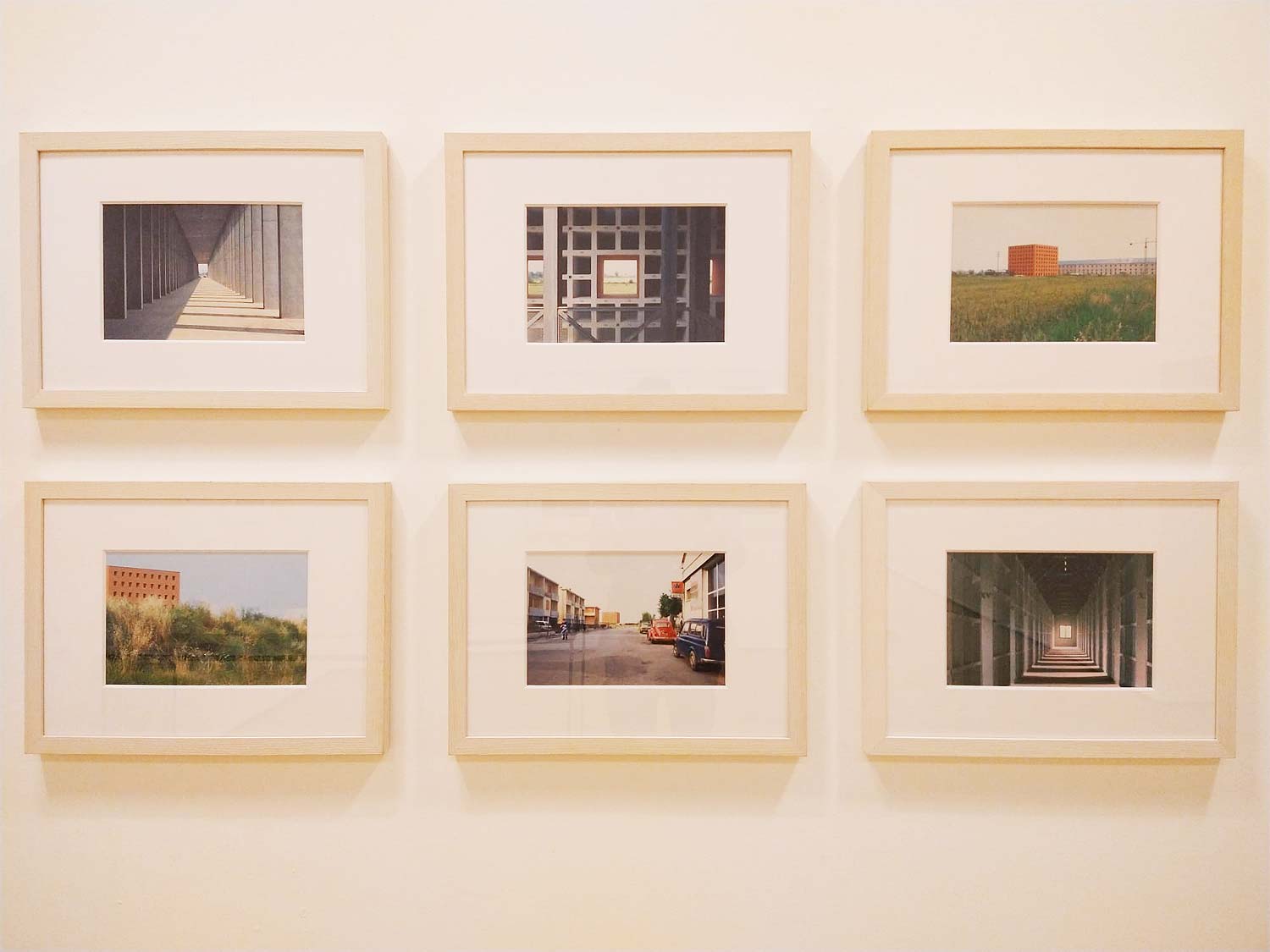
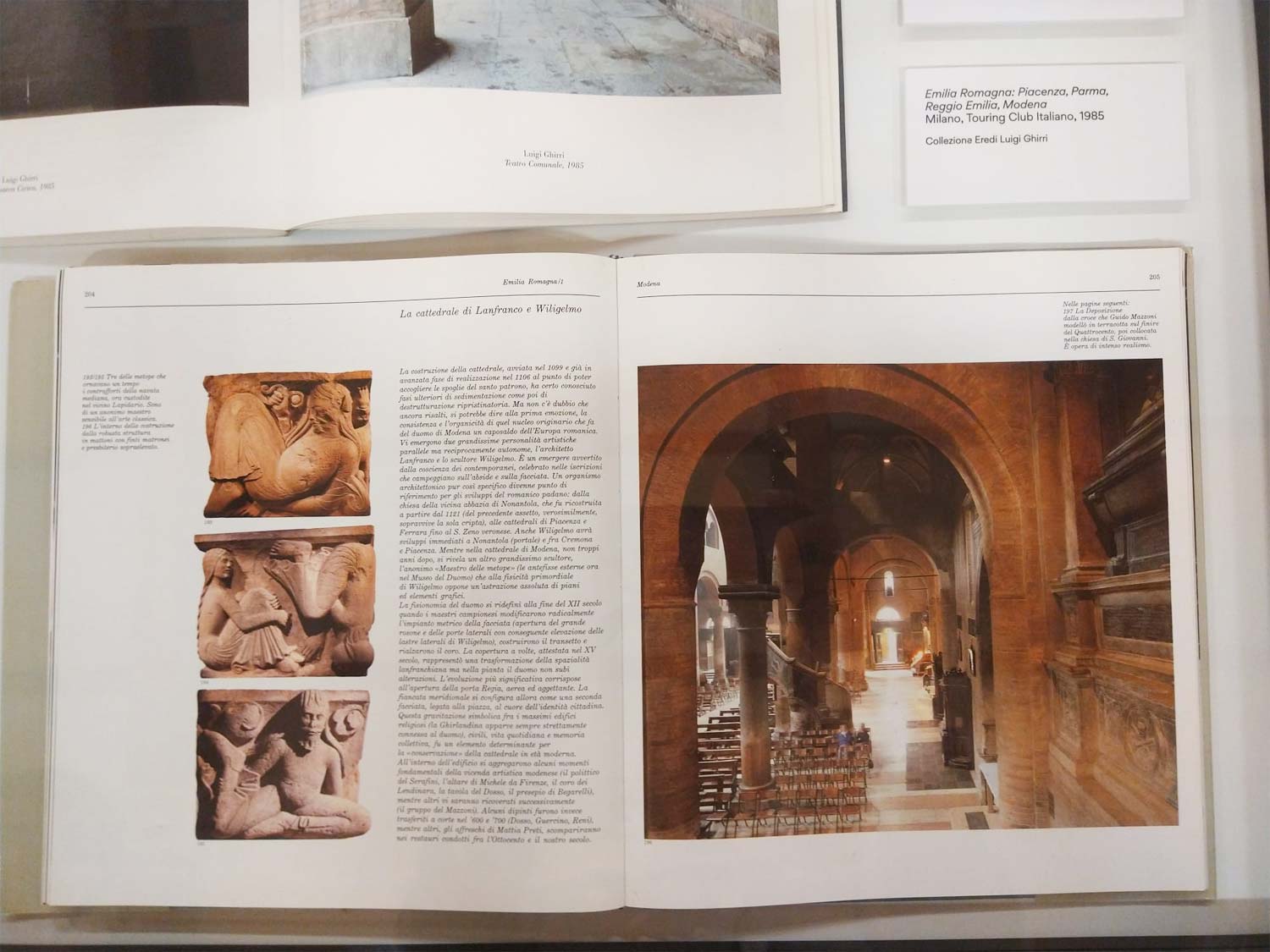
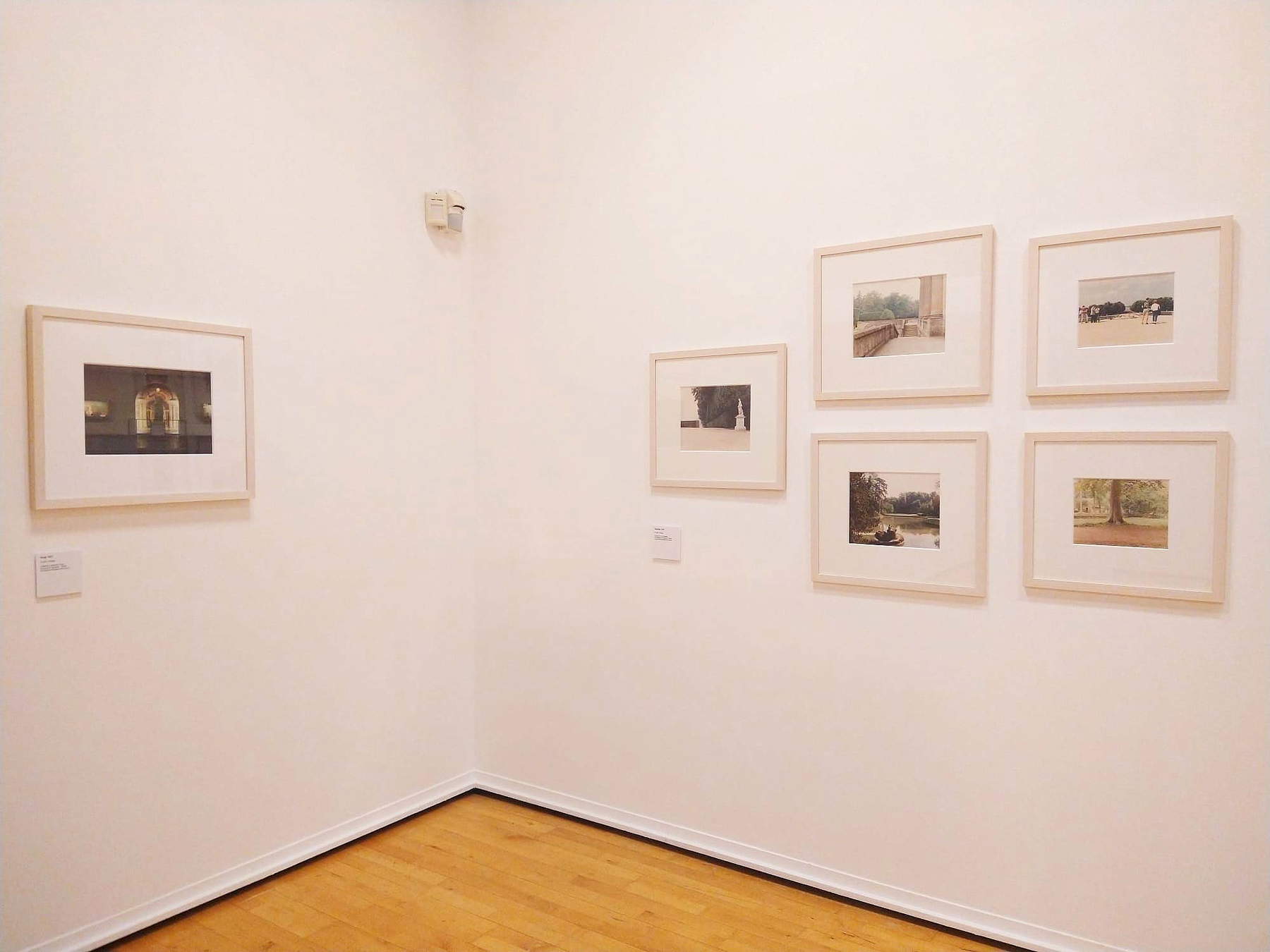
Following the exhibition itinerary that unfolds in three rooms, of which the first is the most airy, the visitor has the opportunity to understand how this line of research led Ghirri throughout his entire activity. As one lingers to admire the different small groups of shots well distinguished from each other, one takes a step backwards along the chronological line, but the common thread that binds them is always the desire for a new and other look at everyday life, thanks to lights and shadows, reflections, juxtapositions, symmetries and whatever else, anticipating the times in the field of contemporary Italian photography. And in this journey backwards, the relationship with the city of Modena is constant. It starts with photographs from the series Il profilo delle nuvole (The Profile of Clouds ) made starting in 1980 and which were acquired in 2009 on the occasion of the exhibition that inaugurated the contemporary photography collection of Fondazione Modena, and five photographs from the series made at the Palace of Versailles on commission from the French Ministry of Culture in 1985: the photographer since the early 1980s was perceived as an innovator of landscape photography and therefore began to obtain important commissions to photograph specific places, with the intention of giving them new prominence. Here was that a grand, monumental and seemingly distant place like the Palace of Versailles with its large park was seen by Ghirri with a more intimate and human eye. The year before, however, he had been commissioned to take shots for the Italian Touring Club showing the palaces, monuments and streets of Modena for inclusion in two volumes devoted to Emilia Romagna. The images displayed on an entire wall in the exhibition are part of this very series, which then entered the Modena Civic Gallery Collection ten years later, on the occasion of the exhibition Gli occhi sulla città held in 1994, along with other photographs of the city that Ghirri took in the 1970s, such as the one of Palazzo Carandini featured here. There are also details of the Cathedral, including the metope depicting the Antipodes, which can be seen on the Touring Club volume and in a large-format print version: the latter had been so printed on the occasion of an exhibition dedicated to the Cathedral. If, on the other hand, one wishes to see the original metope this one is preserved together with the other seven in the Museo Lapidario del Duomo.
The first room also displays Vista con camera, the volume published for a Ghirri exhibition at the GAM in Bologna that won the first edition of the Oscar Goldoni Prize for the best photographic book published in Italy established by the City of Modena in 1993, the same year in which one of the most important international reviews kicked off: Modena for Photography. The city had in fact become one of the main centers of photography in Italy in the 1970s, thanks to Luigi Ghirri and his friend and colleague Oscar Goldoni, who also died in 1992, six months after Ghirri. The exhibition established a year after the death of both was thus a kind of tribute to the two great photographers and intended to pass on their legacy by giving continuity to the central role of photography for Modena; in addition, Franco Fontana had donated his photographic collection to the Galleria Civica, which also included original prints by Ghirri from the 1970s and 1980s (not shown, however, in the current exhibition for conservation reasons).

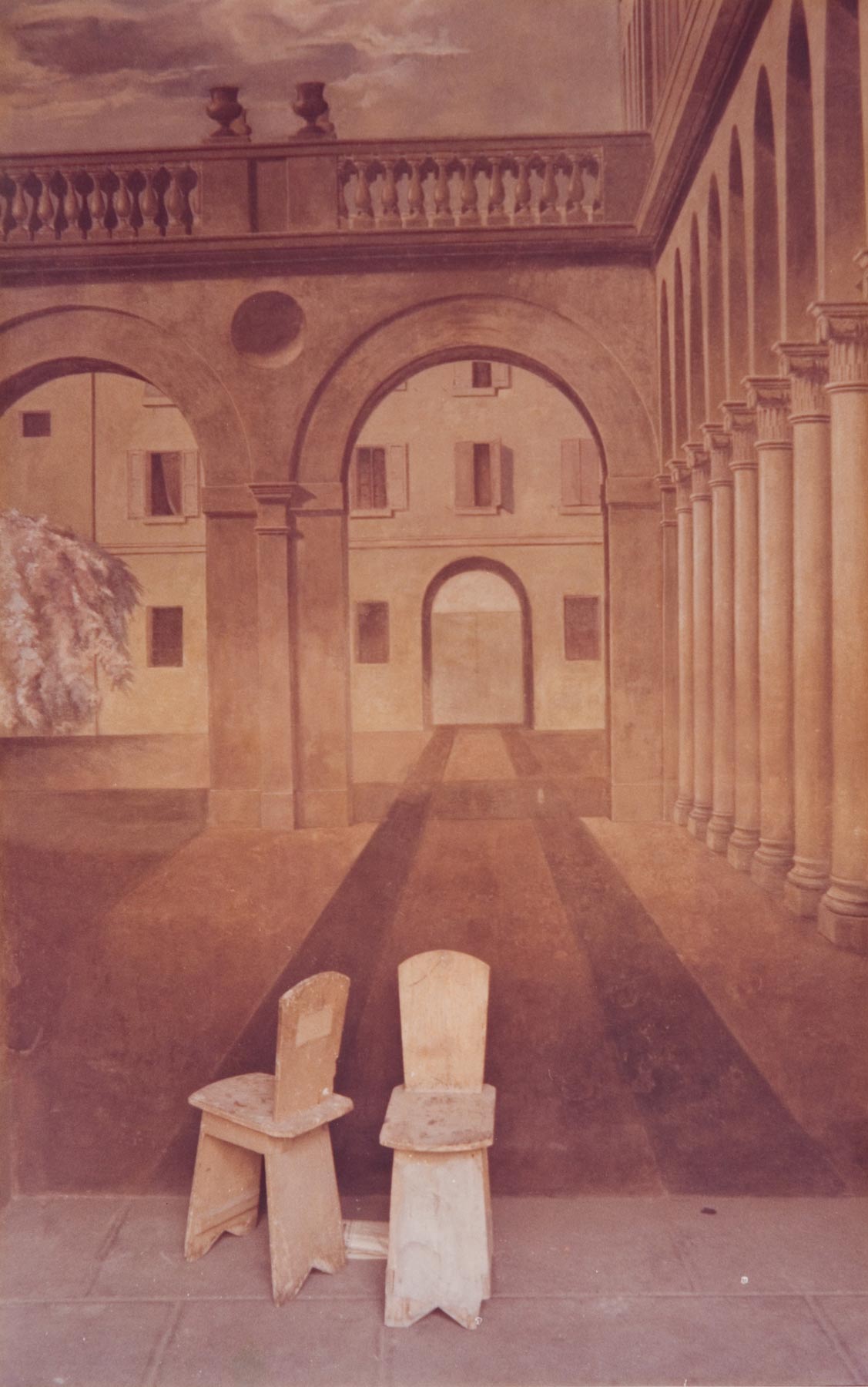
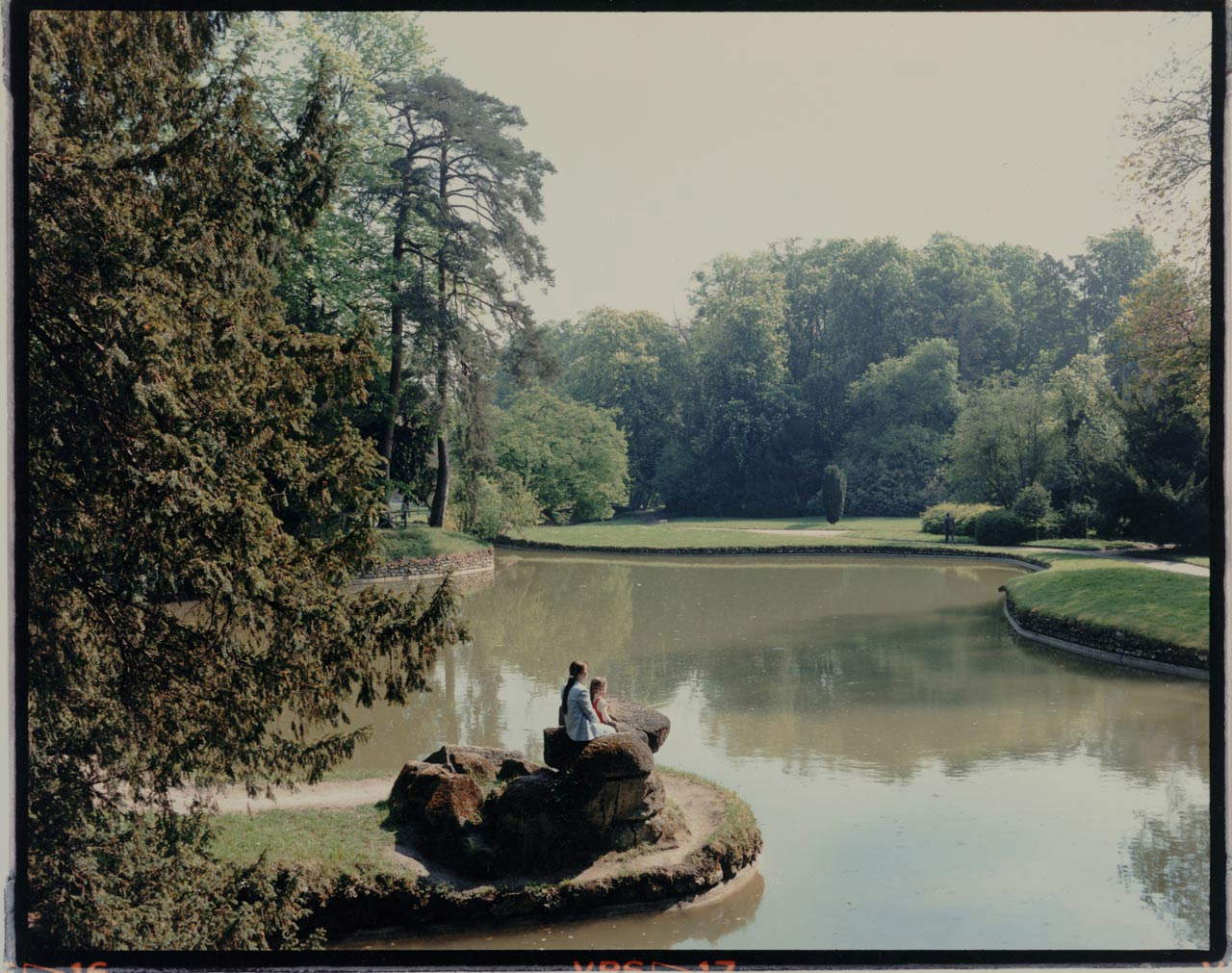
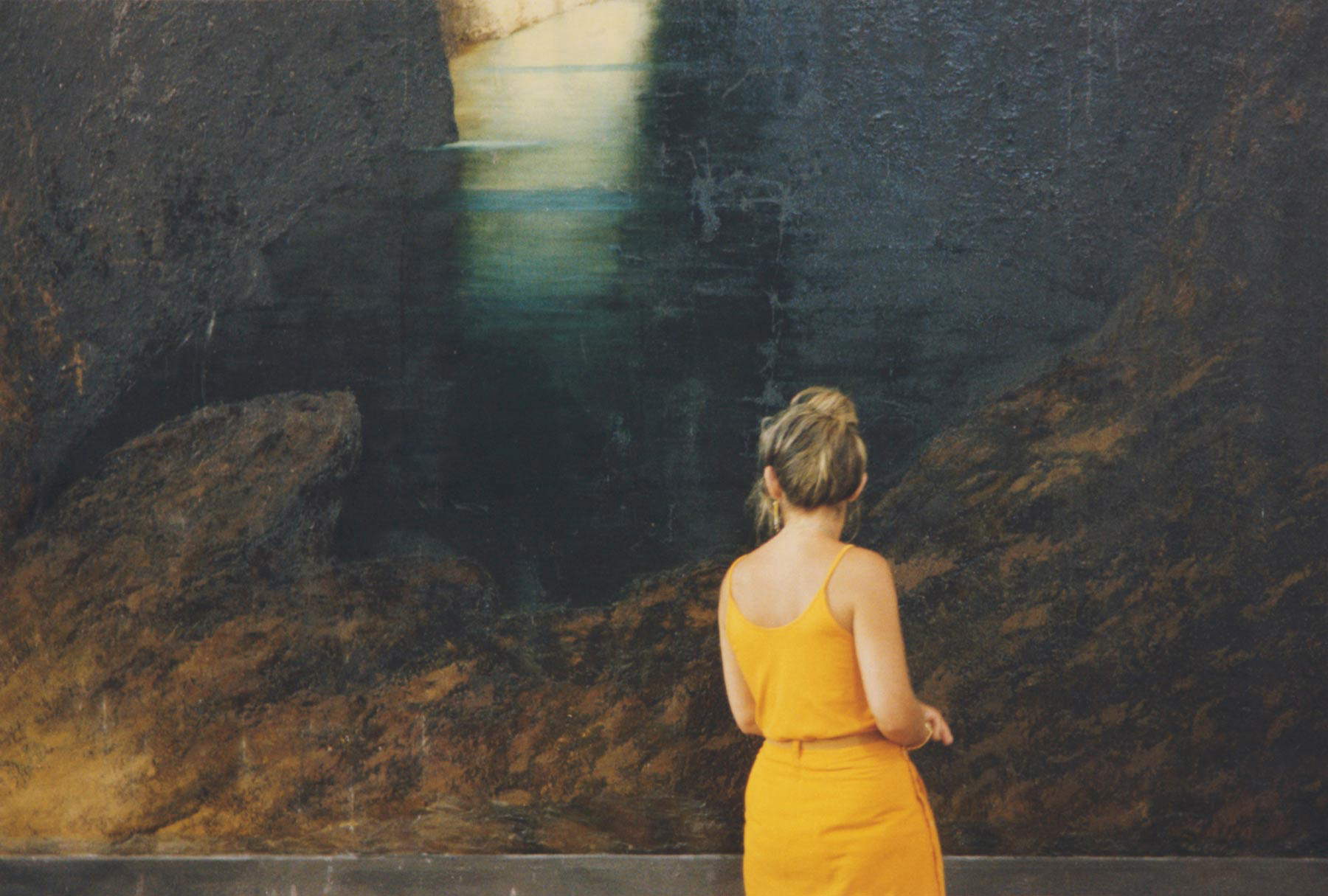
We then move on to the second room, but first our gaze is inevitably caught by the blond girl from behind dressed in yellow facing the Faraglioni of Capri, from the series Italian Landscape. The second exhibition environment combines architecture and photography as Ghirri’s photographs of the architecture of Aldo Rossi and Paolo Portoghesi are presented here, including the New San Cataldo Cemetery in Modena (with some previously unseen works) that inspired the photographer for “the miraculous balance between what we already we know and expect from an architectural work and the sense of disorientation one feels when faced with the new” (so said Ghirri himself), and classrooms of the Broni (Pavia) Middle School of the former and ENPAS headquarters in Pistoia and Lucca as well as “geometric” buildings of the latter. A display case, on the other hand, holds documents that refer to the Punto & Virgola publishing house, founded by Ghirri in 1977 together with Giovanni Chiaramonte and Paola Bergonzoni, which counts the 1978 publication of Kodachrome by the photographer himself, books and monographs devoted to the history of Italian and French photography and to established and emerging photographers, and Franco Vaccari’s essay Photography and the Technological Unconscious, considered fundamental to photography.
Another display case located in the small corridor that connects the second to the third hall deserves special attention: here one can dwell on some unpublished archival documents, including posters, invitations, minutes, press releases, typed texts and letters, related to the experience that today is considered customary but at the time was exceptional and unprecedented: the constant use of the new hall in Piazza Grande, belonging to the Civic Gallery, for exhibitions and projects dedicated solely to photography. The photographic space curated by Ghirri in collaboration with Oscar Goldoni and the direction of Carlo Federico Teodoro turned out to be an extraordinary adventure: a close-knit working group was created that gave life to a programming that combined past masters, of the caliber of Rodchenko, Brandt and Doisneau, historical reconnaissance, particularly on French photography, and contemporary research, also giving space to young photographers. Exhibitions by Gabriele Basilico, Mario Cresci, Olivo Barbieri, Franco Vimercati, Vincenzo Castella, Guido Guidi, and other photographers who later entered the history of photography followed in this context, but inaugurating the exhibition space in 1975 was the show Breakfast on the Grass, some shots of which are displayed along the opposite wall. The series, which began in 1972 and ended in 1974, constitutes one of Luigi Ghirri’s first complete projects, and focuses on theuse of greenery in urban suburbs: shots in which symmetries, geometries and rhythms in everyday contexts, taken in and around Modena, prevail.
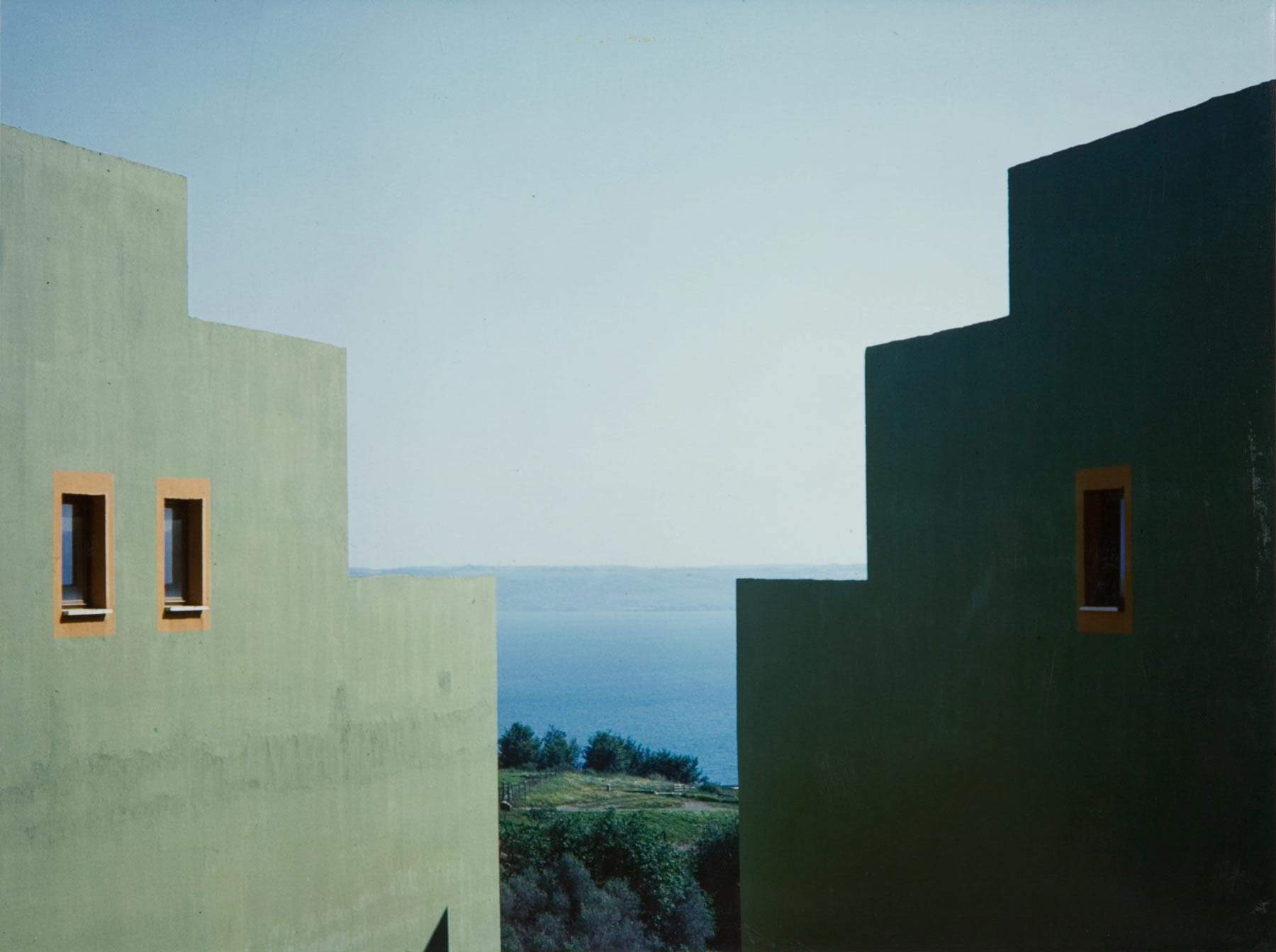
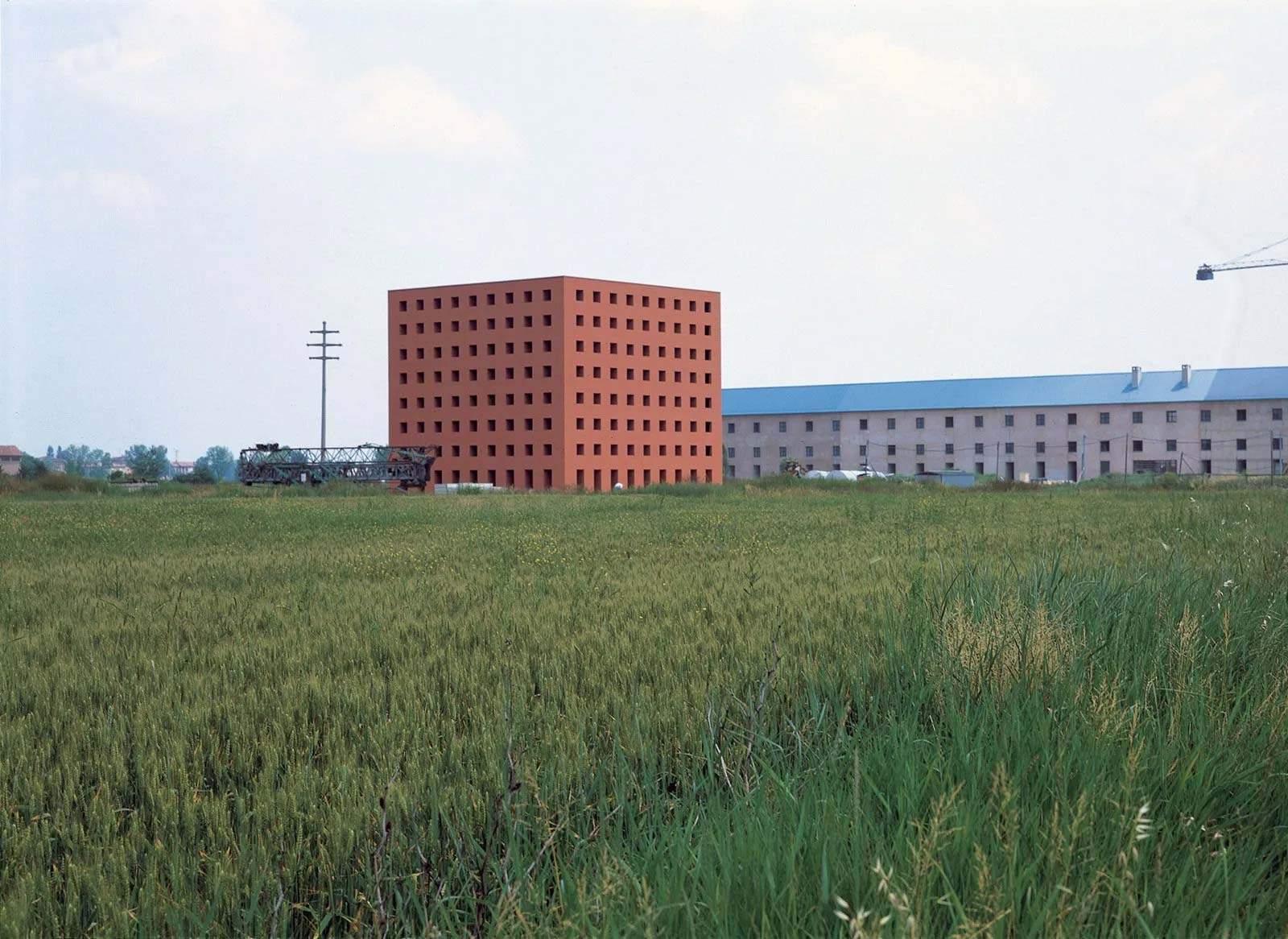
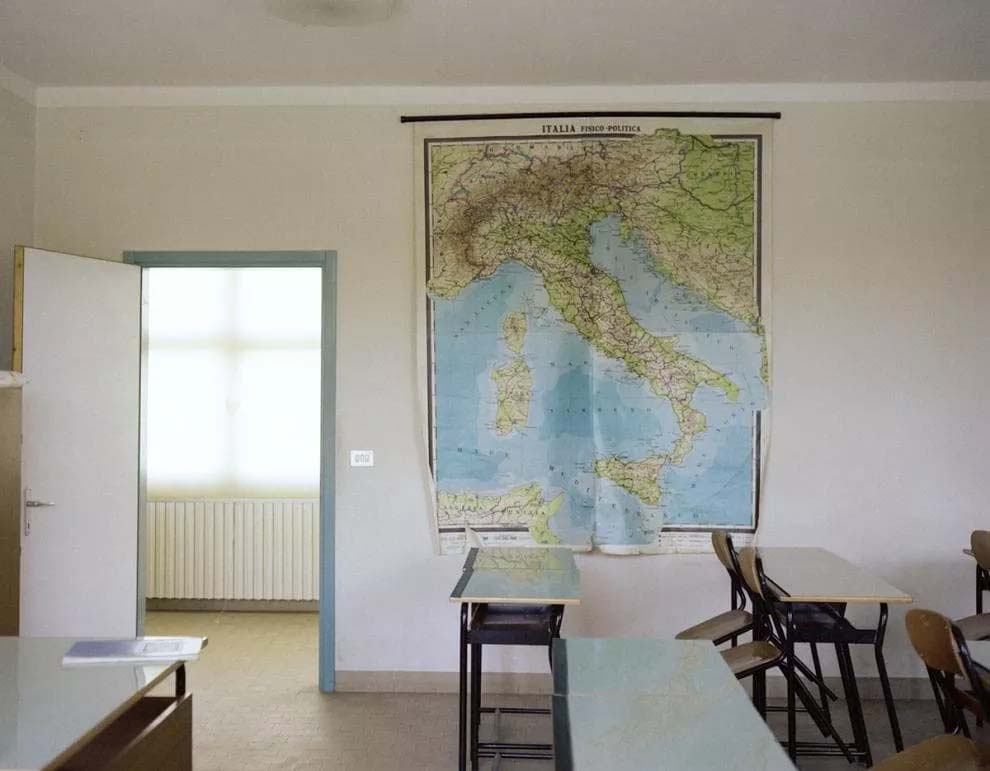
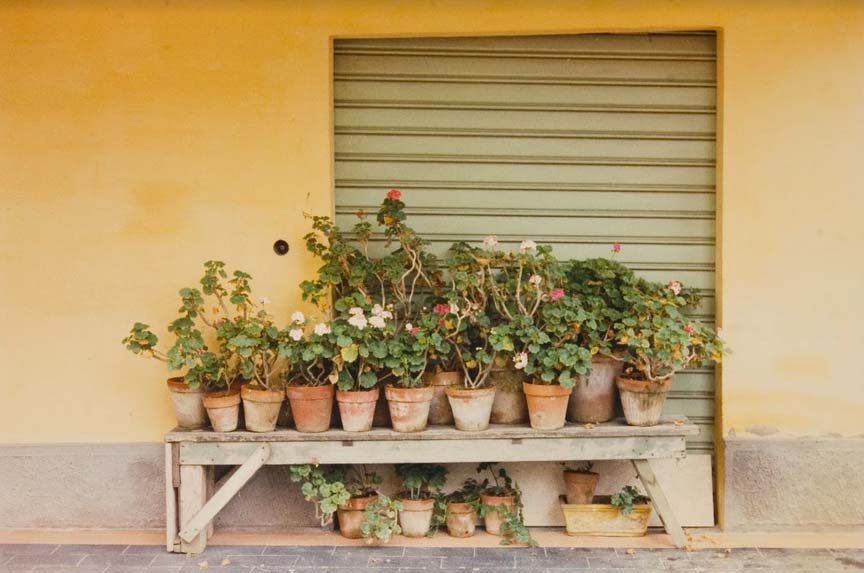
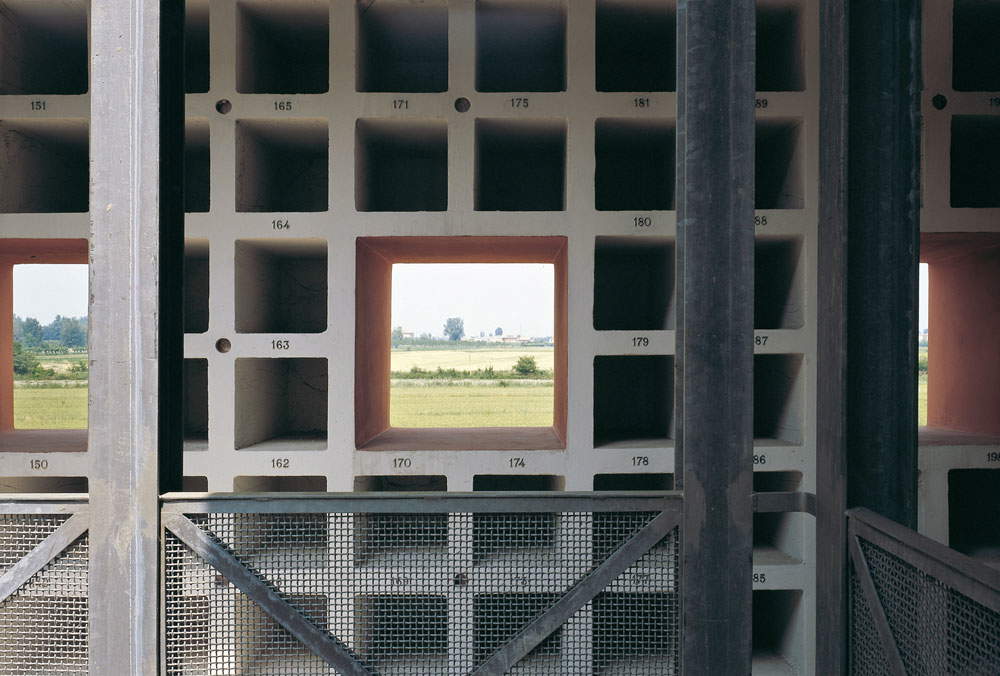
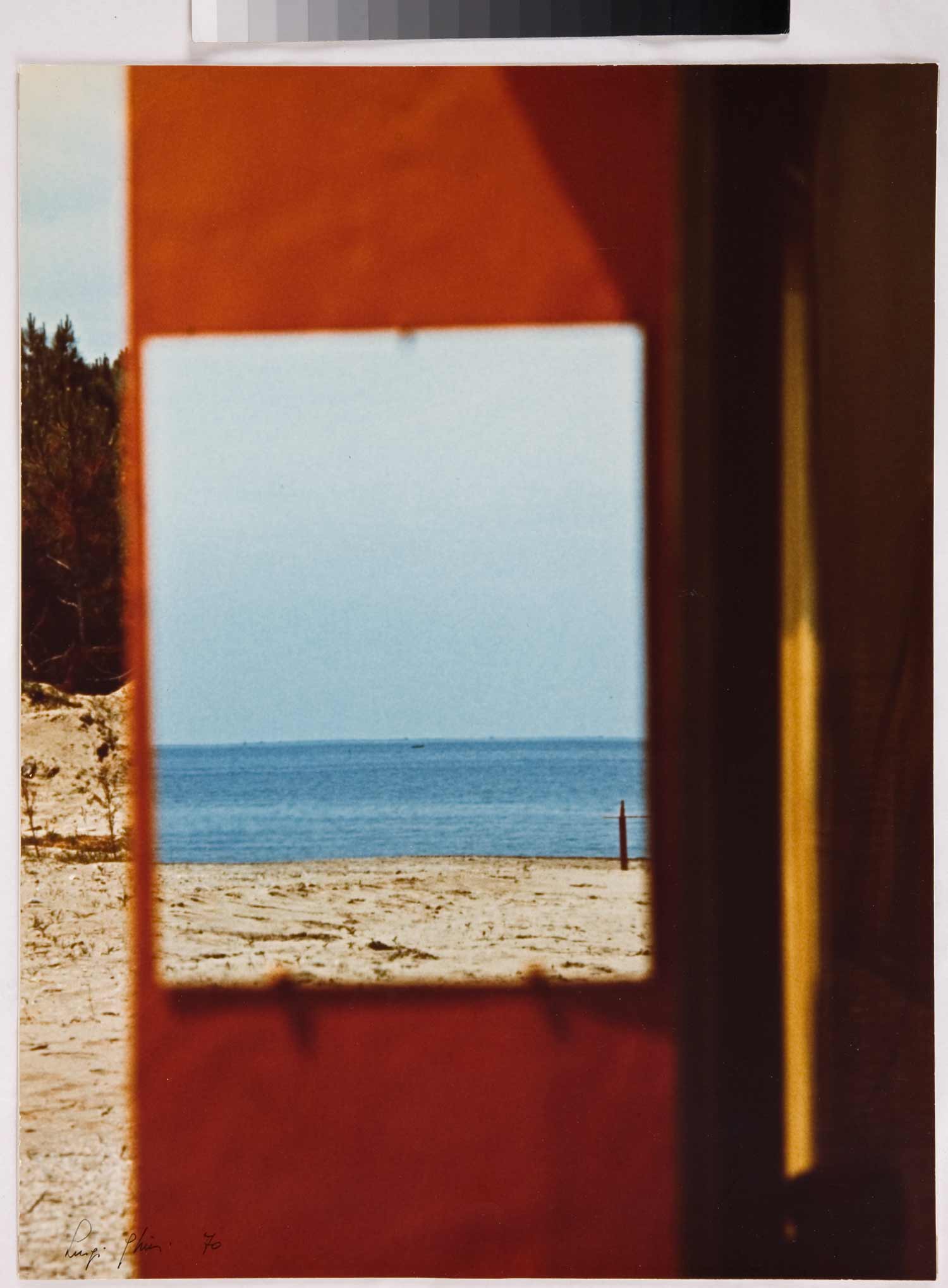
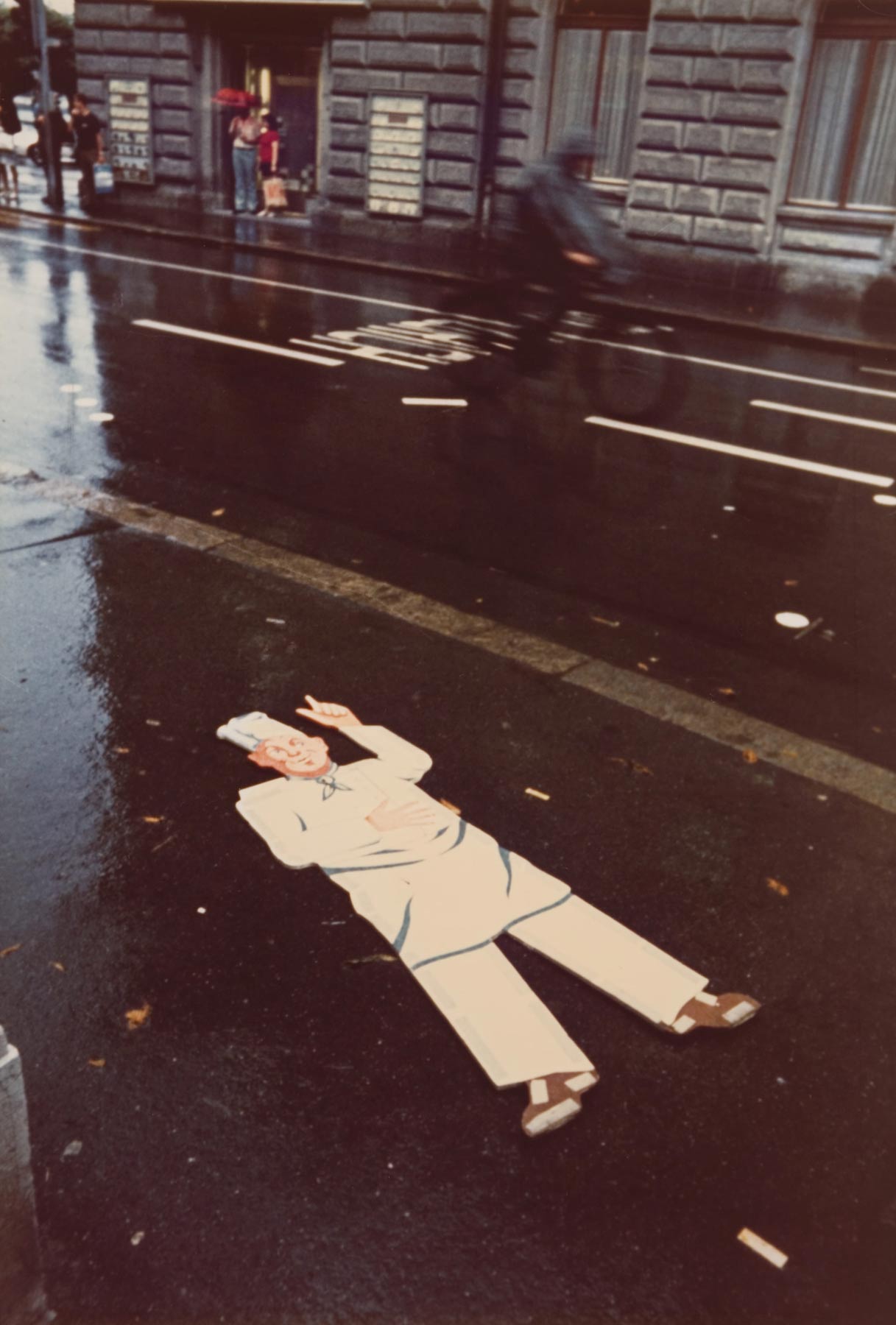
The third and last room leads to the beginning of Ghirri’s career, in the early 1970s. These are images united by the idea of reality as photomontage; photography as a language capable of unhinging and regenerating thought for a deeper reading of reality. “Many have seen or mistaken these photographs for photomontages; these that I would instead call photomontages, also want to testify to a colossal photomontage that exists and that is that of the physical world,” Ghirri asserted (an example is Lucerne). Fundamental to the latter’s first approach to photography, who as a surveyor decided to devote himself completely to this activity, was his meeting in 1969 with Franco Guerzoni , who lived near his home and introduced him to the photographic universe by introducing him to other Modenese artist friends, such as Carlo Cremaschi, Giuliano Della Casa, Claudio Parmiggiani, and Franco Vaccari. With Guerzoni he formed a relationship of esteem and was a sort of guide for him, while with the others he initiated collaborations that constituted the first propaedeutic steps to the profession of photographer. His career officially began in December 1972 when his first exhibition was opened at the Canalgrande Hotel in Modena accompanied by a small catalog with a contribution by Vaccari.
This closes the exhibition at Palazzo Santa Margherita, taking the visitor back to the origins of the activity of one of the greatest photographers of the second half of the 20th century. A well-divided exhibition that offers the exceptionality of seeing unpublished shots and interesting archival documents. If the intent is “to restore in its context the exceptional nature of Luigi Ghirri’s work,” the relationship with the city of Modena is fully narrated through the photographs on display and the originality of his vision well underscored by the quote from Ghirri that curator De Luigi wanted to imprint next to the girl in the yellow dress: “This feeling of the origin of things is the point from which I start to look at the landscape: to consider nothing insignificant and to discover a point in space, a moment in life or in a slight change in light the possibility of a new perception.” An invitation to look at things with different eyes: a lesson to keep in mind even today in our simpler everyday life.
Warning: the translation into English of the original Italian article was created using automatic tools. We undertake to review all articles, but we do not guarantee the total absence of inaccuracies in the translation due to the program. You can find the original by clicking on the ITA button. If you find any mistake,please contact us.